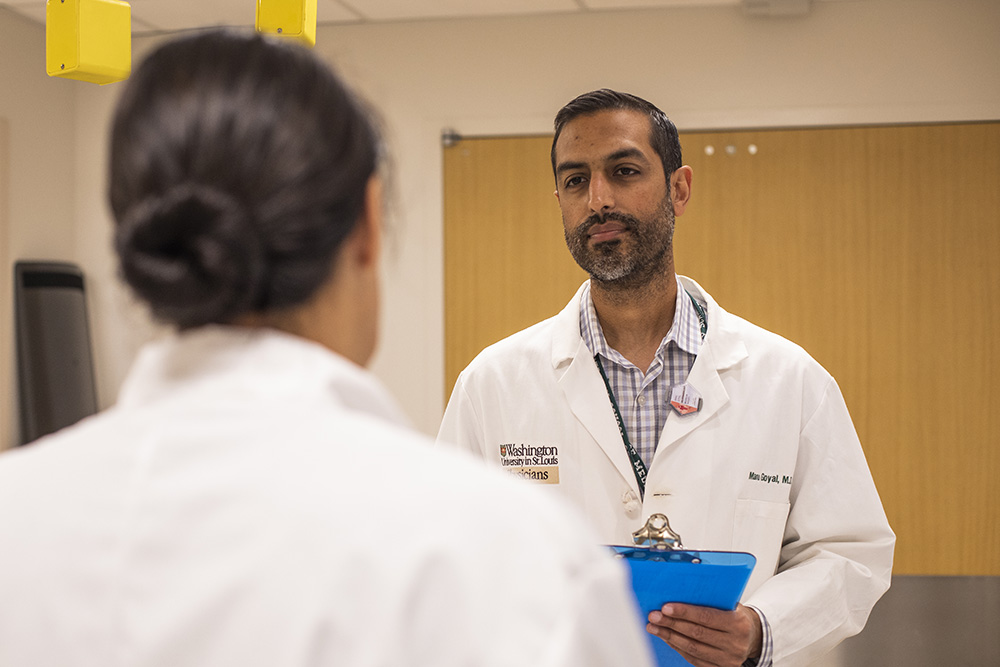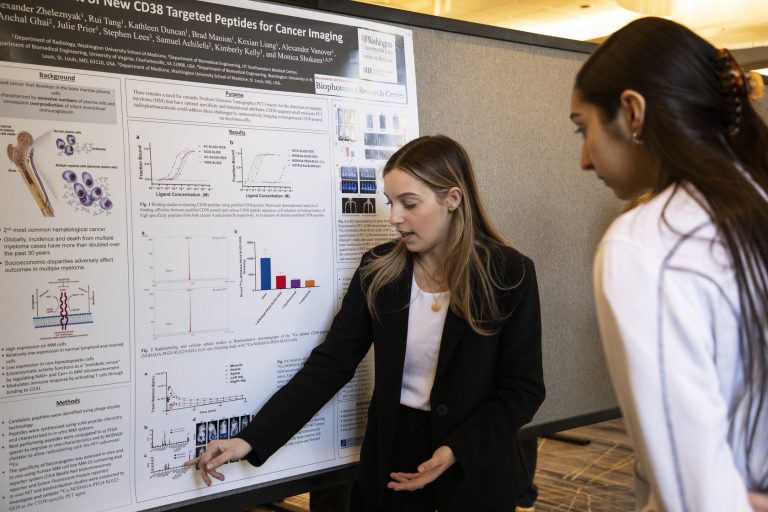Vlassenko/Goyal Lab
Projects
Metabolic Brain Imaging Across the Lifespan
Goal
Our lab performs multiple studies of brain metabolism across the lifespan. Using radiotracers with positron emission tomography, we aim to study how brain metabolism changes with normal aging throughout adulthood.
Alzheimer’s Disease and the Aging Brain
Goal
Alzheimer’s disease is posed to become one of the largest causes of death and disability in the U.S. Our laboratory focuses on how aging processes within the human brain contribute to the development and progression of Alzheimer’s disease. Importantly, our work has found that some brains appear to be more resilient to the pathology underlying Alzheimer’s disease. Understanding what factors make the brain more or less resilient is a main focus of our laboratory.
Advancing the Imaging of Brain Metabolism
Goal
Though we currently apply some of the most advanced techniques to assess human brain metabolism in vivo, we are constantly working to improve and advance our methods.

Our People
The lab, led by Andrei Vlassenko, MD, PhD, and Manu Goyal, MD, is home to leading researchers in the field of human brain imaging.



